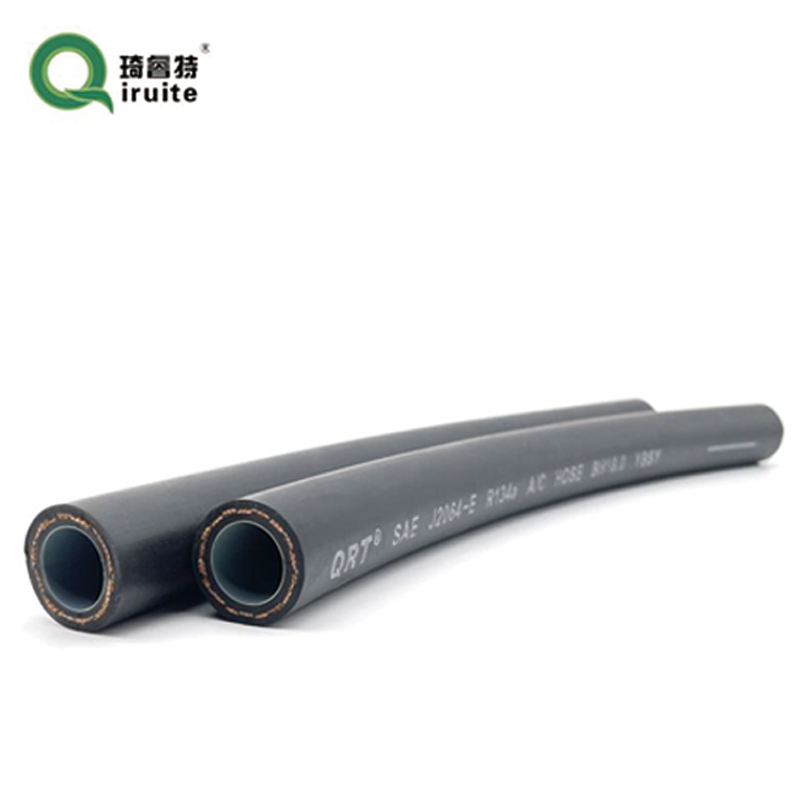Steps to Repairing a Leaking Power Steering Hose Efficiently and Effectively
How to Fix Power Steering Hose A Comprehensive Guide
Power steering is a crucial component of modern vehicles, allowing for easier maneuverability and enhanced driver control. However, like any other part of your car, the power steering system can develop issues over time, one of the most common being a leaking or damaged power steering hose. If you find yourself facing such a problem, fear not! In this article, we will guide you step by step on how to fix a power steering hose.
Identifying the Problem
The first step in fixing a power steering hose is identifying whether it is indeed the source of your issues. Common signs of a failing power steering hose include
1. Fluid Leaks A puddle of reddish or brownish fluid under your vehicle can indicate a leak in the power steering system. 2. Steering Difficulty If you notice that turning the steering wheel requires more effort than usual, the power steering may not be functioning properly. 3. Whining Noises A whining sound when turning the wheel can suggest that the power steering fluid is low, possibly due to a leak.
Gathering Tools and Materials
Before starting the repair, gather the required tools and materials. You will need
- A new power steering hose (specific to your vehicle make and model) - Socket set and wrenches - Screwdrivers - Pliers - Rags for cleaning - Power steering fluid - Safety goggles and gloves
Safety First
Safety should always be your priority. Before starting any vehicle repair, ensure the car is parked on a flat surface, the engine is turned off, and the keys are removed from the ignition. Wear safety goggles and gloves to protect yourself from any fluids or debris.
Steps to Fix a Power Steering Hose
Step 1 Locate the Power Steering Hose
Open the hood of your vehicle and identify the power steering fluid reservoir. The power steering hose runs from this reservoir to the steering gear or rack. You may need to consult your vehicle's manual for specific location details.
Step 2 Inspect the Hose
how to fix power steering hose

Examine the hose for signs of wear and tear, such as cracks, splits, or leaks. If any damage is found, the hose will need to be replaced.
Step 3 Drain the Power Steering Fluid
Before removing the damaged hose, you need to drain the power steering fluid. Place a container under the hose to catch any fluid that may spill out. Open the reservoir cap and allow the fluid to drain completely.
Step 4 Remove the Damaged Hose
Using the appropriate socket or wrench, loosen the hose clamps holding the power steering hose in place. Carefully disconnect the hose from its connections. Be prepared for some residual fluid to leak out during this process.
Step 5 Install the New Hose
Take your new power steering hose and connect it where you removed the old one. Ensure that it is positioned correctly and securely fastened with the hose clamps. Double-check that the connections are tight to prevent future leaks.
Step 6 Refill and Bleed the Power Steering System
With the new hose in place, it’s time to refill the power steering fluid. Pour the recommended type of fluid into the reservoir, being careful not to overfill. Once filled, you'll need to bleed the system to remove any trapped air. This can usually be done by turning the steering wheel from lock to lock several times while the engine is off, then re-checking the fluid level.
Step 7 Test Drive
After the repair is complete, take your vehicle for a short test drive. Pay attention to the steering response and listen for any unusual noises. If everything feels and sounds normal, you have successfully fixed your power steering hose!
Conclusion
Repairing a power steering hose is a task that can be accomplished with some basic mechanical skills and attention to detail. By following this guide, you can save money on repair costs and gain a better understanding of your vehicle's power steering system. However, if you're not comfortable performing this repair yourself, it’s always wise to consult with or hire a professional mechanic. Safe driving!
-
Reliable Brake Line Solutions for Your VehicleNewsJun.05,2025
-
Quick Fix for Leaky Air Conditioning HosesNewsJun.05,2025
-
Powerful Sewer Jetting Solutions for Tough ClogsNewsJun.05,2025
-
Power Steering Hose Problems SolvedNewsJun.05,2025
-
Hose Protectors That Actually WorkNewsJun.05,2025
-
Essential Hose Connectors for Every HomeNewsJun.05,2025

